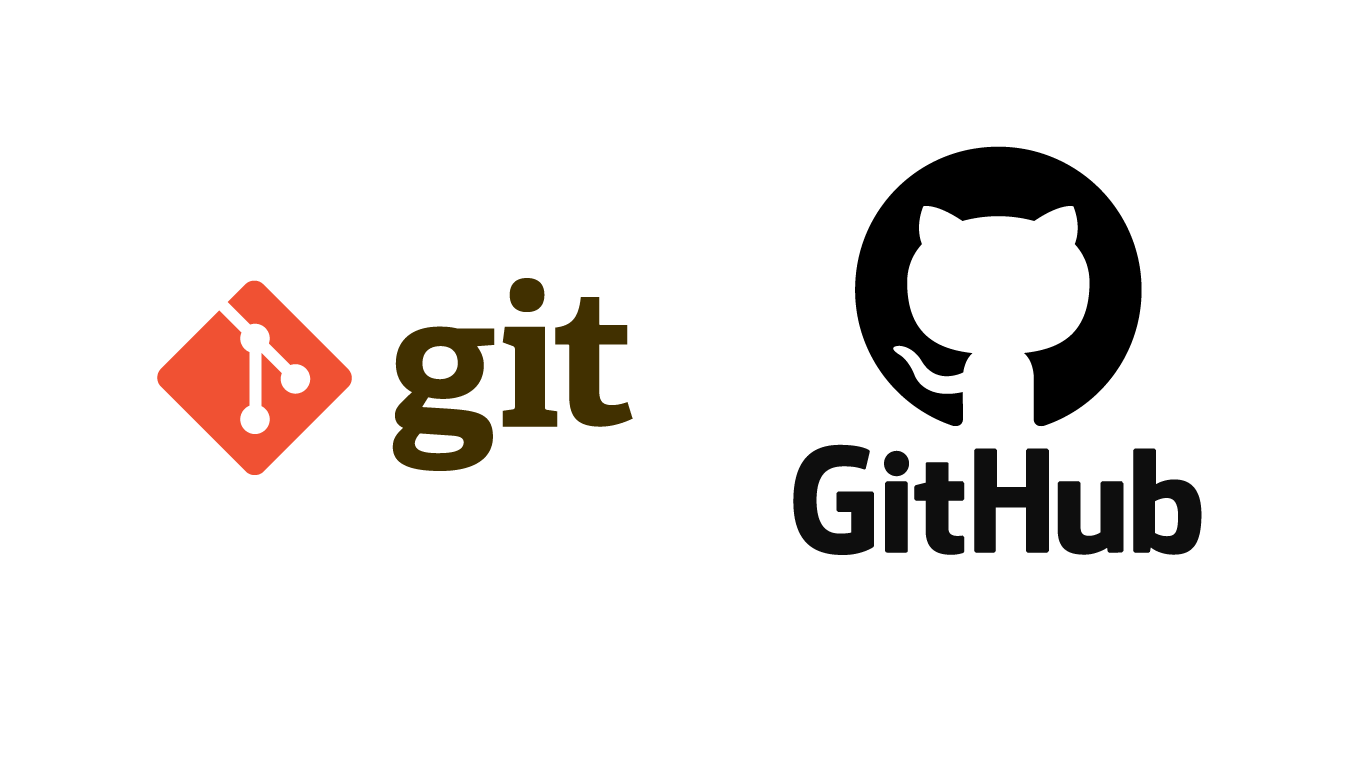This article guides us on Naming convention of branches and pull request etiquette

Branch Naming
Branches created should be named using the following format:
{story type}-{2-3 word summary}-{Asana work item id}
story-type - Indicates the context of the branch and can be one of:
ft == Feature
bg == Bug
ch == Chore
rf == Refactorstory-summary - Short 2-3 words summary about what the branch contains
Example
ft-user-registration-TB1-I764
Commit Message
A commit message consists of a header, a body and a footer, separated by a blank line.
Any line of the commit message cannot be longer than 100 characters! This allows the message to be easier to read on gitlab as well as in various git tools.
<type>(<scope>): <subject>
<BLANK LINE>
<body>
<BLANK LINE>
<footer>
These rules are adopted from the AngularJS commit convention.
Message Header
The message header is a single line that contains succinct description of the change containing a type, an optional scope and a subject.
##### <type> This describes the kind of change that this commit is providing.
feat (feature)
fix (bug fix)
docs (documentation)
style (formatting, missing semi colons, …)
refactor
test (when adding missing tests)
chore (maintain)#####<scope> Scope can be anything specifying place of the commit change. For example events, model_load, shiny_data_processing, authorization, authentication, loginPage, etc…
#####<subject> This is a very short description of the change.
use imperative, present tense: “change” not “changed” nor “changes”
don’t capitalize first letter
no dot (.) at the endMessage Body
just as in subject use imperative, present tense: “change” not “changed” nor “changes”
includes motivation for the change and contrasts with previous behaviorhttp://365git.tumblr.com/post/3308646748/writing-git-commit-messages
http://tbaggery.com/2008/04/19/a-note-about-git-commit-messages.html Message Footer
Message Example
feat(docker): implement exactly once delivery
- ensure every event published to docker is delivered exactly once
- implement error handling for failed delivery
#status in_progress
Asana cards
Pull Request Naming
Pull Request Title
The Pull Request title should be named using the following format:
#[STORY_ID] [Story description]
Example
#TB1-I764 CREATE PULL REQUEST TEMPLATE
Pull Request Description Template
The description of the Pull Request should contain the following headings and corresponding content in Markdown format.
#### What does this Pull Request do?
#### Description of Task to be completed?
#### How should this be manually tested?
#### Any background context you want to provide?
#### What are the relevant open projects stories e.g Asana?
#### Screenshots (if appropriate)
#### Questions:Pull Request Etiquette
It is our belief that Pull Request reviews should not negatively impact a team’s ability to deliver features. Pull Requests that take too much time to get reviewed can hinder on a team’s progress. As such, we practice the following behaviours when raising Pull Requests:
When I raise a Pull Request, I specifically assign a developer or engineering team as reviewer
When I raise a Pull Request, I notify the reviewer(s) on telegram in a public channel
The reviewer(s) can re-assign the Pull Request to someone else (e.g. to a Senior Engineer)
The reviewer(s) has a 3 hours SLA to review the Pull Request
If SLA is not met, I can Pull the unreviewed Pull Request if and only if:
All the Pull Request checks are passing (CircleCI, CodeClimate, Test Coverage)
I communicate in #technology telegram channel that I am merging an unreviewed Pull Request
I immediately take ownership of fixing any issues that arise from merging the Pull Request